
Just a short rant to illustrate the weird way it works with the Wake:
Since the beginning of 2013, I've been periodically looking up the day of the year and comparing it with the corresponding page of Finnegans Wake. In such a manner the Wake, beginning on page 3, links with the third day of the year, Jan. 3rd. Feb. 2nd is the 33rd day of the year, which matches page 33, and so on. I've meant to do this for each day but in practice I usually forget.
Bard O
On Feb. 18th, though, just hours after I wrote the section in "The Grail" on Edgar Allen Poe and last year's film, The Raven, starring John Cusack, I felt a strong impulse to check the relevant page in the book. I discovered that it was the 49th day of the year and opened the Wake to page 49. I was floored by what I read there.
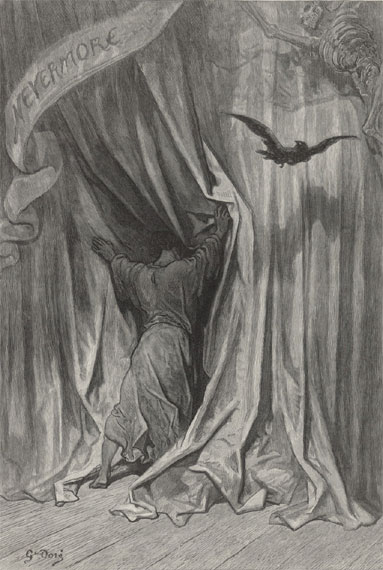
On this page, on the eleventh line, Joyce writes,
...queth their haven evermore...
This is of course, in as direct a quotation as Joyce ever makes, from Poe's famous poem -- "Quoth the Raven, "Nevermore."" I had, that day, just quoted this exact line in the draft for my blog post. It gets weirder. Towards the end of the page I found,
...as Micholas de Cusack calls them,
Cusack! John Cusack in The Raven. Again, I had been writing about this movie only hours before -- on the 49th day of the year. I don't really expect anyone else to be as amazed as I am by this, but I think it provides an excellent chance to explore the whole phenomenon of synchronicity. The page itself seems to invite this type of exploration. From the last two lines:
-- by the coincidance of their contraries reamalgamerge in that identity...
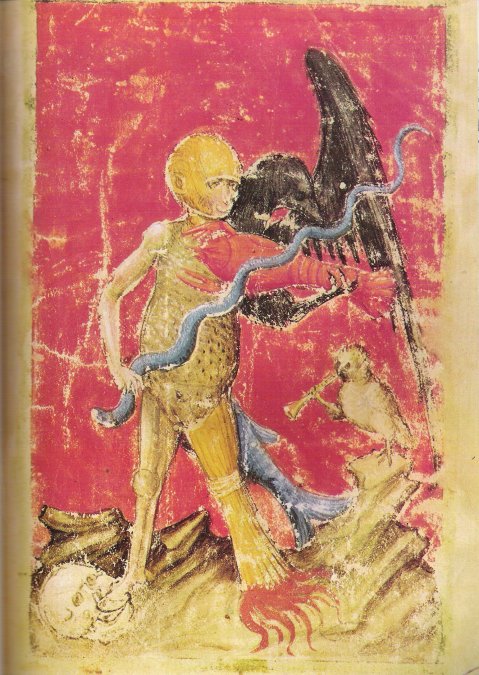
Jig
The word "coincidance" here is where Robert Anton Wilson takes the title of his book by the same name, which includes four outstanding essays on synchronicity and other weirdness within the Wake. In general I think "coincidance" is a much better name for the phenomenon than "synchronicity." Synchronicity sounds too mechanical -- "synchronize your watches" -- whereas coincidance captures what really characterizes the phenomenon -- the feeling that something or even someone is dancing with you. The universe is playing, laughing, dancing.
This was certainly how the above synchronicity felt like to me. Everything that I have been writing or thinking about appears confirmed by it. I'm hesitant to conclude this, though, because I have the sense that the rug I'm dancing on can get pulled out from under me at any time. My dance partner might suddenly slap me in the face and leave me in a bewildered daze. Cautiously and with reverence, then, I will proceed.
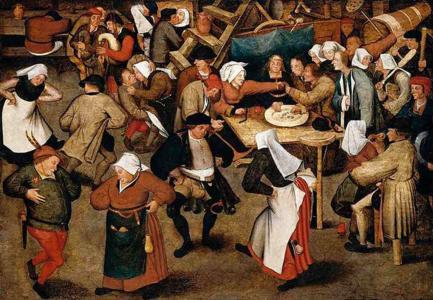
There's no evidence, of course, that Joyce meant John Cusack when he wrote Micholas de Cusack. He probably did not know that Cusack, despite this not being a common name, would star in a 2012 movie named after the famous Poe poem he had just quoted. Joyce certainly did not know that in the following year I would check this page as part of a haphazard bibliomantic practice on the 49th day just after writing about both of these things. That would be impossible, right?
That Cusack and the Raven quote appeared together on the same page is strange enough. If we stretch credulity to its limits, we could conclude that Joyce somehow foresaw the future and encoded it into his greatest book. Many people, including Wilson, actually make the claim that Joyce possessed the gift of prophecy. But why would he care about this movie? What relevance would it have to anything?
If we add to this coincidance, though, my own synchronistic discovery of this connection then things begin to go a bit berserk. Is Joyce, or whatever the living intelligence dancing within the Wake, trying to tell me that I'm somehow correct in all of the lunatic suggestions that I've been making about the passage between Ages, about the Super Bowl, the Grail, etc.? If I was just a wee bit more off-kilter this would be a seductive conclusion to make.
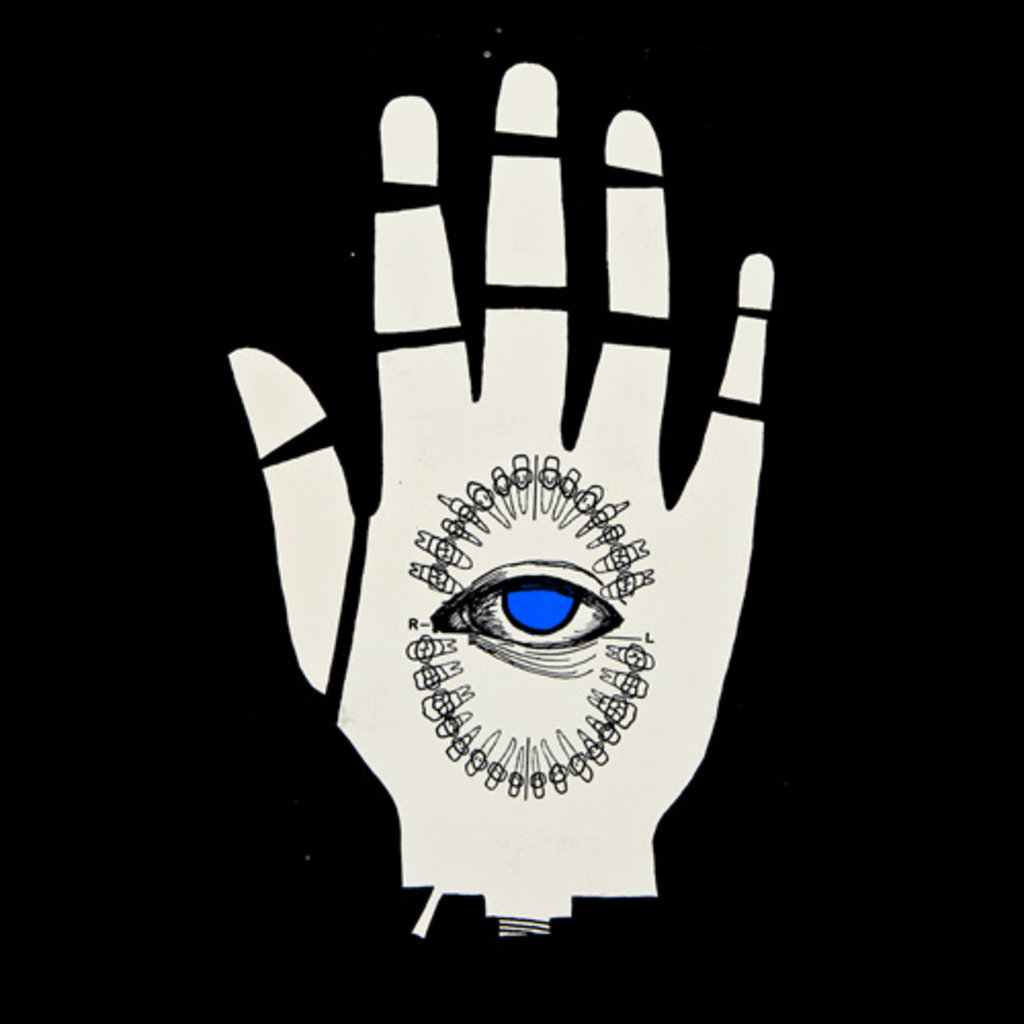
I think, though, that such a conclusion is too easy, too self-inflating. As Wilson demonstrated coincidance happens far too often, but never often enough to be commonplace, for it to mean that any one person is its exclusive agent. It, and without a doubt she, appears willing to dance with anyone bold and deranged enough to step onto the floor.
Epoché
The other way to go is to dismiss it all as sheer coincidence. Joyce intentionally wrote the ultimate Rorschach text. We can find whatever we look for in it. This "skeptical" argument is used to dismiss any and all claims of synchronicity. The whole phenomenon is dismissed as instances of pareidolia or apophenia. People have the tendency to find patterns, to seek meaning, where they do not really exist.

The word "really" is most important in the above sentence. How can we determine if patterns and meanings really exist or not? Do they only exist if everyone sees them? Well, no -- if that was the case everyone would be a genius because geniuses are usually able to see patterns that nobody has yet noticed.
Do they only exist if they are confirmed by modern scientific methodology? No again -- poetic, artistic, mystical experiences, even the Eureka!-type discoveries of scientists themselves, cannot be measured or reproduced by the scientific method. None of these experiences can be analysed or examined in a lab. None of these "results" can be universally reduplicated. They are subjective, singular.
We all look for patterns. This is how we learn. This is how our minds work. The sanctioning of which patterns exist and which do not, which are meaningful and are meaningless, is largely determined by society. In other words, the so-called "skeptics" act as the enforcers of social conformity, as the definers of social "norms." The original skeptics, like Sextus Empiricus, would be appalled.

If you were under the impression that your beloved was the most beautiful and enchanting creature alive, yet everyone else saw this individual as being rather dull and plain-looking, who would be right? The "skeptics" would agree with society, and would tend to noisily and brashly argue their case, but the poet would champion the lover and would not give a fuck if anyone else agreed. This blog errs on the side of the lovers and poets.
Hollow
The idea, though, that meaning can be found anywhere, in anything, is actually deeply radical. If any pattern, any meaning, you want can be found on a page of Finnegans Wake, on the bark of a tree trunk, in a crappy pop song, doesn't this in a way confirm what Hermetic philosophers have been saying all along? That the macrocosm is in the microcosm? That heaven is in a wild flower, as Blake wrote, or that the moon is in a dewdrop, as Dōgen taught?

It has become common to almost explain away synchronicity in this manner. The universe is holographic, fractal. The whole is contained in each of its parts. This does seem to be evident as we get deeper and deeper into the phenomenon, but this explanation fails to account for a lot. The fact is that we cannot find mind-shatteringly relevant synchronicities everywhere. It's often the case that the harder we look for synchronicity the less we find it. Instead of stalking sync, it stalks you. She seems to choose her own dance partners.
If the All exists in each thing then why is it easier to find meaning in the Wake than in a bowl of soup or in the sound of a car engine? Is it just that the Wake happens to hold meaning for me? This is definitely true. The Wake is very personally meaningful. But is there anything more than this? Is the Wake structured in such a way, intentionally designed, to facilitate this process of coincidance and to explain its secret workings? For now, this is my provisional hypothesis.
To say that sync happens because the universe is holographic is nearly as reductive as saying it's all part of an occult conspiracy, or that it's all meaningless happenstance. The holographic theory really explains nothing of what matters most in the experience -- the temporary blast of insight that two or more disparate things are connected and, most crucially, that this connection is relevant to me. The actual fact of interconnection is less interesting than the blast itself.
Philosophers have pointed out time and again that the most fascinating thing about the universe is not how it works and so on, its actual mechanics, but that anything should exist it all. Why existence over non-existence? The universe may be holographic, and it appears that it is, but if this is so why can't we see this at all times? Why are there only certain moments when this becomes known? This seems to be what coincidance is all about. Only in the brightest moments, usually by surprise, are we swept up in the dance. Why?
Kuso
I think this is a major question that Joyce attempts to answer in the Wake. The Wake is both his answer and the dance itself. He lays out the steps of the shuffle. He teaches how we all can see and know Christ in a dog's bunghole. He allows us to snicker with the "skeptics," but simultaneously zaps us through the bunghole to eternity itself. Christ is there, beckoning.
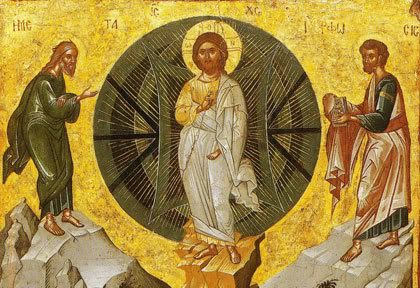
The actual experience of sync is far more like having a dream than seeing a hologram -- the latter is still too clinical, too precise. Even if all of time and space can be found on page 49 of Finnegans Wake, I must still select what is meaningful for me. But I didn't make this selection -- the coincidance did. This is a very similar process to what occurs during a dream, and by Joyce's own admission the Wake is a dream.
Page 49 gives us some idea how the dream is structured -- like a holograph, yes, but also far more complex and weirder. The "contraries reamalgamerge in that identity." Direct opposites become united in one thing. Identities constantly shift in a dream. Friends become enemies, men become women, the setting appears to be two or more places at once. These are the "contraries" that are so central to the philosophies of Philip K. Dick, James Joyce, William Blake and Giordano Bruno, but before all these men -- and directly inspiring each of them -- was Nicholas of Cusa.

Nicholas was a 15th century German philosopher and mystic whose most influential teaching was of the coincidentia oppositorum -- the coincidence, or unity, of opposites. This idea was taken up by Renaissance alchemists and philosophers like Bruno, and from here went on to greatly influence Carl Jung. Nicholas of Cusa makes various appearances in the Wake, but is most clearly found as "Micholas de Cusack" on page 49.
As usual, though, Joyce is punning. Nicholas of Cusa is there definitely, but so is Michael Cusack. Cusack was an Irish nationalist and teacher who Joyce caricatured as the bigoted "citizen" in the "Cyclops" episode of Ulysses. Cusack represents the Cyclops that Odysseus escapes from in the Odyssey. Unlike his classical counterpart, though, Leopold Bloom refuses to become "no man" even temporarily in order to flee from his adversary.

This episode, as in Homer, is a story about crossing the threshold. It's fascinating that included alongside all of the pivotal events of last month was a massive Nor'easter blizzard that was called Nemo -- the original Greek for "no man." Yet another sign that a passage has been made or attempted?

In Micholas de Cusack, then, we have the union of opposites, a coincidentia oppositorum or coniunctio. Nicholas of Cusa represents non-duality, while Michael Cusack is entirely dualistic. Together they "reamalgamerge" the final opposition -- becoming the non-duality of duality and non-duality. This already takes us well beyond the holographic theory.
But why are these two characters on a page which quotes "The Raven?" Perhaps because the raven already has its own opposite, the dove. The dove appears on page 49 as "Columbarium," columba being Latin for dove, and the raven enters three lines down as "Cornix," as in Corvus cornix -- Latin for the hooded crow or raven. Both of these birds are famous in the Flood myth, and both were also mentioned in my last post. More coincidancing.
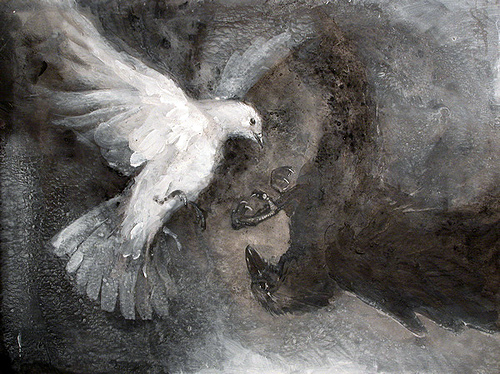
Cusa is obviously the dove while Cusack is the raven. The warring brothers theme from last month, even at the Super Bowl, is once again revealed here. Joyce's variation of Poe's famous line, "queth their haven evermore," also creates a contrary yet coexistent meaning.
If "queth" can be taken as "bequeath" then this phrase could mean that they were given or provided a safe haven or refuge forever. Instead of the endless separation of "Nevermore," this suggests that "they" -- presumably the lovers -- can be together for eternity. Once again, are these only two perspectives on the same thing?
Tricky
In tribal cultures ranging from Siberia to North America, the Raven is both revered and reviled as a trickster. The raven spirit is a contradictory figure. Coindance itself has this trickster-like and contradictory character. Why should she dance with me on this page, with these themes, and not on others? Why should she appear at all? As in dream, though, the more lucid we become within it the more synchronicity is discovered. The Wake, as a dream, appears to facilitate this.

I can only conclude, as before, that to explore personal synchronicity is to delve into the same set of archetypes used to fabricate the consensus spell. And, on a wider level, these also make up the finite spectrum of colours on the palette of nature. When we become lucid in our own dreams the dreamlike quality of both the consensus and of nature becomes apparent. The contraries reamalgamerge in their haven evermore.

This Super Bowl won't end as the Ravens and the 49's are still completely entangled.
ReplyDeleteIt is interesting that this whammy falls on one of the curiously notated pages bearing initials in the bottom margin, in this case "J.W.P. D", which without explicit proof, appears to be an ordering system which occurs every 16 pages, or larger gaps in multiples of 16.
JWP is theorized to stand for Joyce's Work in Progress.
I like how the letters JWP in English gematria equal 49 (10 + 23+ 16).
Incredible. This deserves more study. Entanglement is certain. I also almost overlooked one of the most obvious pieces in all of this. Feb. 18th, the 49th day/page -- 1849. Duh. Seems the entire month of February was loaded with significance -- the 28 Rainbow Girls of St. Bride's (Brigid's) finishing school.
Delete